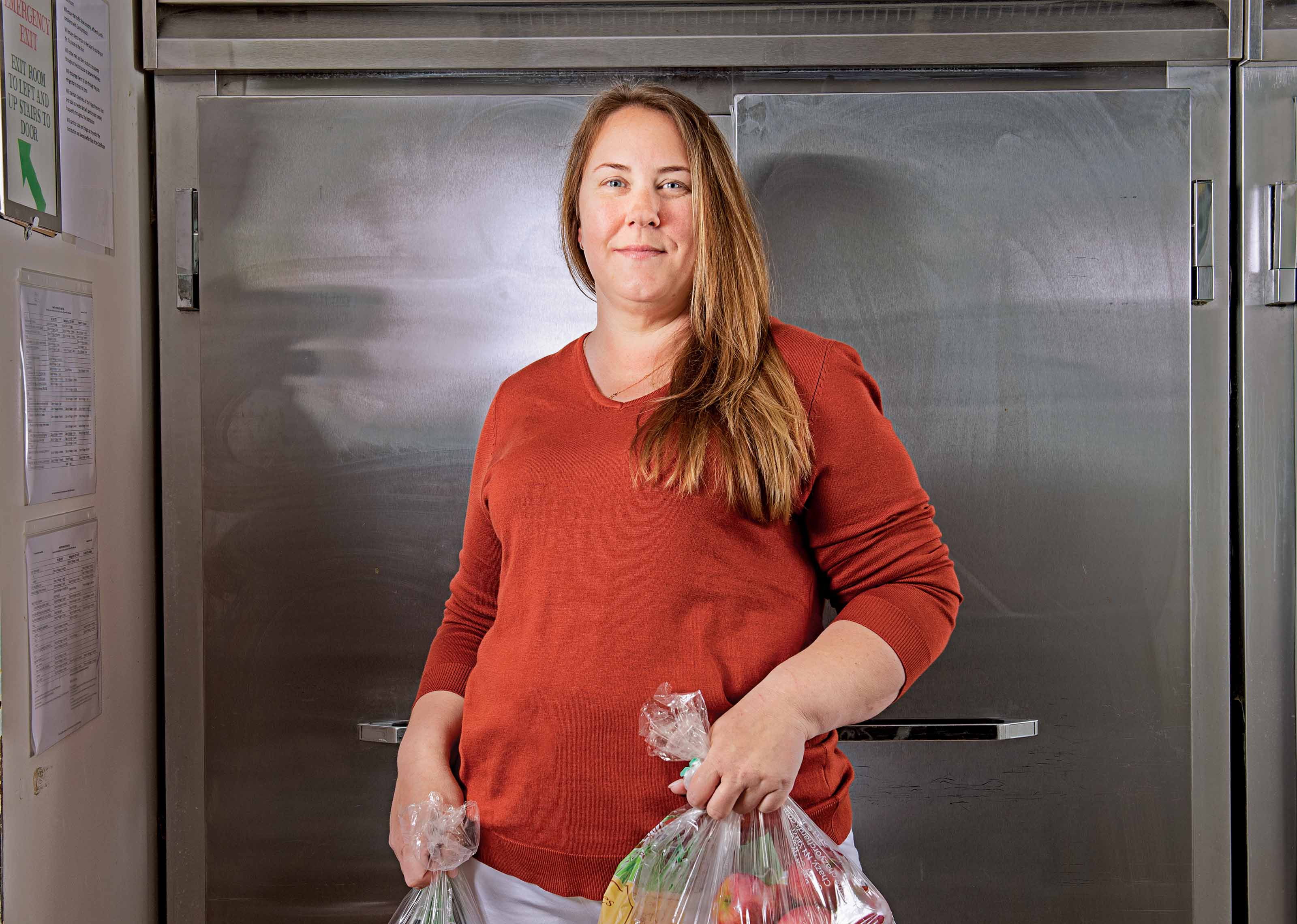5 Things You Must Know About Hotel Rewards Programs
The perks you get can be more valuable than those from the airlines.


1.Make yourself comfortable. Sign up online and you’ll be entitled immediately to such perks as free in-room Wi-Fi, mobile check-in and discounts when you book directly—plus fun freebies such as Kimpton’s $10 Raid the Bar credit. Earning elite status is easy compared with airline programs. “Many people overlook the fact that they spend more time in their hotel, and maybe even spend more on the hotel, than they ever would on a flight,” says Scott Mackenzie, editor of TravelCodex.com.
2.Keep it in the family. The more points you rack up at hotels under a company’s umbrella, the more benefits you’ll get, such as free nights, room upgrades, late check-out and breakfast. Hilton, Marriott and IHG (which includes InterContinental and Holiday Inn hotels) each have more than 4,000 properties around the world, so they offer many choices. But smaller hotel chains, such as Starwood and Hyatt, work hard to woo customers. For example, Hyatt will upgrade Diamond members to a suite four times per year, for up to seven consecutive nights each time.
3.Pick your plastic carefully. A travel rewards credit card that earns points you can use at multiple hotel chains helps you stay flexible. The Chase Sapphire Preferred card ($95 a year, waived the first year) earns two points for every dollar you spend on dining and travel, plus 50,000 bonus points if you spend $4,000 in the first three months. You can transfer points at full value to the card’s partners, such as IHG, Marriott and Ritz-Carlton. Cards that are part of the American Express Membership Rewards program, such as the no-fee EveryDay card, will also let you put your points toward a number of hotel programs. Co-branded hotel credit cards are not usually as rewarding, but they offer some benefits. For example, the IHG Rewards Club Select card treats you to a free night’s stay at any IHG property each year, which more than makes up for the card’s $49 annual fee.

Sign up for Kiplinger’s Free E-Newsletters
Profit and prosper with the best of expert advice on investing, taxes, retirement, personal finance and more - straight to your e-mail.
Profit and prosper with the best of expert advice - straight to your e-mail.
4.Spend your stash. John Ollila, founder of LoyaltyLobby.com, recommends using your points within 12 months of earning them. To get the most bang for your buck, book early for a stay during high season. Hotels regularly roll out promotions for bonus points (and sometimes free nights); register for the promotion as soon as it is announced because the registration period may end before the promotion does, says Mackenzie. Keep abreast of deals by following travel-rewards blogs, such as Loyalty Lobby and ThePointsGuy.com, and always book with the hotel, not with online travel agencies, to be sure you collect your points.
5.Don’t lose out in a merger. Changes to some rewards programs may be in the offing. Starwood has been acquired by Marriott, and Kimpton has been sold to IHG. Kimpton’s program remains independent in 2016, and Starwood members probably won’t hear of changes until mid 2016. Still, members should use their points instead of hoarding them and look for opportunities to get preference at other chains (Hyatt, for example, recently offered equivalent status to high-level Starwood members). Marriott and IHG members should benefit with a wider range of stylish properties from which to choose.
Get Kiplinger Today newsletter — free
Profit and prosper with the best of Kiplinger's advice on investing, taxes, retirement, personal finance and much more. Delivered daily. Enter your email in the box and click Sign Me Up.

-
 The AI Doctor Coming to Read Your Test Results
The AI Doctor Coming to Read Your Test ResultsThe Kiplinger Letter There’s big opportunity for AI tools that analyze CAT scans, MRIs and other medical images. But there are also big challenges that human clinicians and tech companies will have to overcome.
By John Miley Published
-
 The Best Places for LGBTQ People to Retire Abroad
The Best Places for LGBTQ People to Retire AbroadLGBTQ people can safely retire abroad, but they must know a country’s laws and level of support — going beyond the usual retirement considerations.
By Drew Limsky Published
-
 How to Find Foreclosed Homes: Best Foreclosure Listings Sites
How to Find Foreclosed Homes: Best Foreclosure Listings SitesMaking Your Money Last Find foreclosed homes for sale on these foreclosure listing websites. Search for properties on these free, paid or government sites.
By Bob Niedt Last updated
-
 Four Tips for Renting Out Your Home on Airbnb
Four Tips for Renting Out Your Home on Airbnbreal estate Here's what you should know before listing your home on Airbnb.
By Miriam Cross Published
-
 Is Relief from Shipping Woes Finally in Sight?
Is Relief from Shipping Woes Finally in Sight?business After years of supply chain snags, freight shipping is finally returning to something more like normal.
By David Payne Published
-
 Economic Pain at a Food Pantry
Economic Pain at a Food Pantrypersonal finance The manager of this Boston-area nonprofit has had to scramble to find affordable food.
By Emma Patch Published
-
 The Golden Age of Cinema Endures
The Golden Age of Cinema Enduressmall business About as old as talkies, the Music Box Theater has had to find new ways to attract movie lovers.
By Emma Patch Published
-
 Pricey Gas Derails This Uber Driver
Pricey Gas Derails This Uber Driversmall business With rising gas prices, one Uber driver struggles to maintain his livelihood.
By Emma Patch Published
-
 Smart Strategies for Couples Who Run a Business Together
Smart Strategies for Couples Who Run a Business TogetherFinancial Planning Starting an enterprise with a spouse requires balancing two partnerships: the marriage and the business. And the stakes are never higher.
By Alina Tugend Published
-
 Fair Deals in a Tough Market
Fair Deals in a Tough Marketsmall business When you live and work in a small town, it’s not all about profit.
By Emma Patch Published